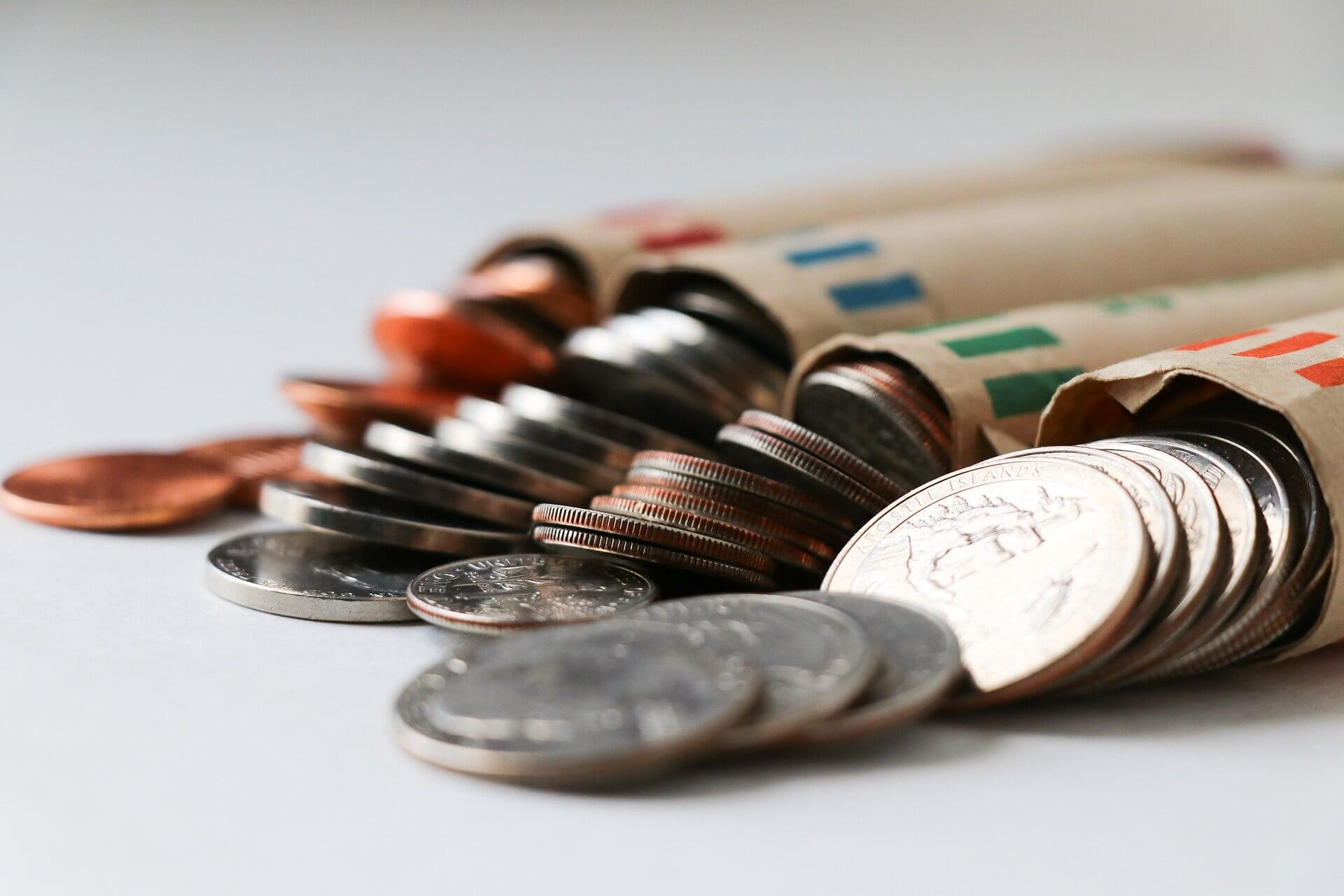
COVID-19 is Causing a Coin Shortage
Monday, Jul 27 2020
The COVID-19 Global pandemic caused an initial panic leaving store shelves empty of face masks and toilet paper. Hand sanitizer, cleaning supplies, paper towels, and meat followed quickly in what was fast becoming routine for life during COVID-19. And now, the latest commodity is a coin shortage.
Why is Coin Important?
Got change? Many financial institutions, retailers, and private citizens do not.
Although we are increasingly becoming a cashless society, coins play an integral role in day-to-day commerce. There’s more than just pocket change at stake here and the effect on the economy can be critical and long-lasting.
Here is what you need to know about the most recent shortage caused by COVID-19.
What Triggered the Coin Shortage?
The Federal Reserve distributes these coins to financial institutions across the country. From there, retailers or private citizens purchase the coins, enter the economy, and begin circulating. But now, with the pandemic and the Mint operating at partial capacity, this chain distribution halted for months at a time.
The Federal Reserve’s Response
“The COVID‐19 pandemic has significantly disrupted the supply chain and normal circulation patterns for U.S. coin,” according to a statement issued by the Federal Reserve. “In the past few months, coin deposits from depository institutions to the Federal Reserve have declined significantly and the U.S. Mint’s production of the coin also decreased due to measures put in place to protect its employees.”
Even now, as large segments of the country reopen, the supply of coins is failing to keep pace with demand. Many consumers still shop remotely and those who do shop in physical stores are opting for contactless payment instead.
The Response to the Shortage
To help mitigate the fallout of the coin shortage, the Federal Reserve began to ration its coin distribution on June 15, giving banks and credit unions only part of their requested orders. The total number of rationed coins each bank or credit union will receive is determined by the institution’s history of coin orders and the capacity of the U.S. Mint to fulfill the request. The Reserve has also encouraged financial institutions to order only the amount of coins they need to meet short-term member demand.
The Federal Reserve is working together with the Mint to ramp up production of new coins and to lift supply allocations soon.
The Impact of the Shortage on the Economy
The severity of the shortage first came to light in mid-June, when banks in Tennessee were notified that they would only receive a small portion of their weekly coin order from the Federal Reserve.
In a virtual hearing on June 17, Rep. John Rose of Tennessee told Powell that the banks in his district, having received only part of their weekly coin order, would likely run out of change by the end of the week.
Small Businesses Could Suffer
“In a time when pennies are the difference between profitability and loss, it seems like it might be a bigger concern than the announcement from the Fed would indicate that it is,” Rose said.
The shortage can have devastating effects for retailers who will not receive their requested orders of coins, Rose said. Without adequate change, small business owners can be forced to round up or down, leading to significant losses in revenue and customers.
A Temporary Shortage
The Federal Reserve believes the coin shortage is only temporary and that it will resolve itself shortly.
“As the economy reopens, we’re seeing coins begin to move around again,” Powell said.
However, the dearth in available coins is still a reality that can be felt in all sectors of the economy. As a consumer, this means that the Focus Federal Credit Union may be unable to fulfill your complete request for coins at this time. You may also feel the impact of the shortage when paying cash at brick and mortar stores; the clerk may not be able to provide you with accurate change.
You can help by bringing in your coin to one of our branches or your local bank or credit union!




